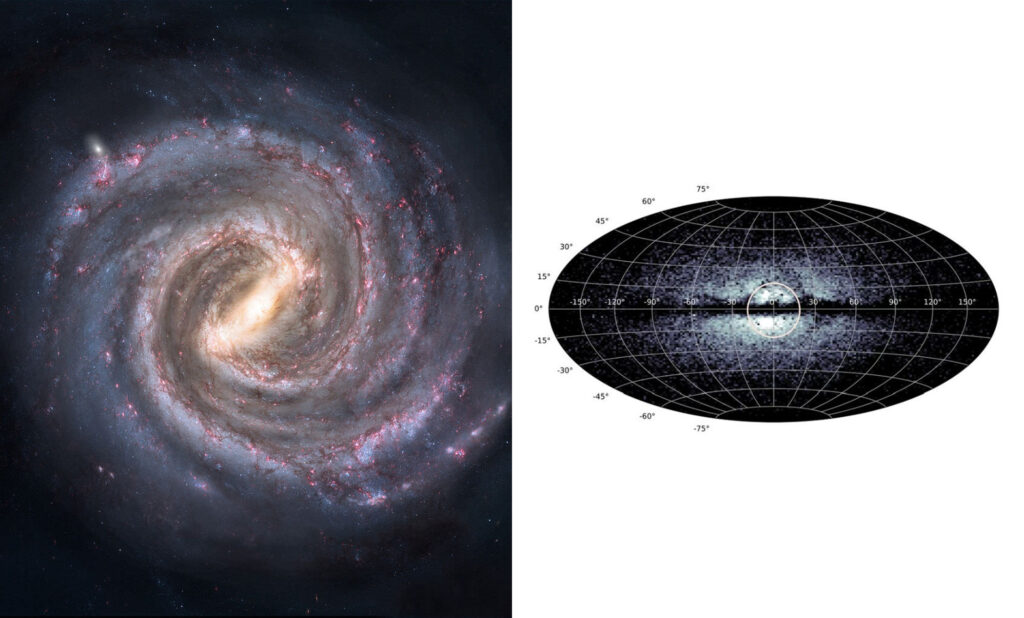As part of their study, Scientists made the most comprehensive set of in-depth observations of the oldest stars in the Milky Way’s center, demonstrating that the universe still has many undiscovered mysteries waiting to be discovered.
Scientists made comprehensive set
Pristine Inner Galaxy Survey (Pigs) team discovered that this cluster of stars is slowly rotating around the galactic center, which was previously thought to form in a chaotic manner.
They also appear to spend the majority of their long lives close to the galaxy’s center, according to Scientists presented at the National Astronomy Meeting 2023 at the University of Cardiff by Dr Anke Arentsen of the University of Cambridge, a member of the Pigs team.
Some stars that formed in the first billion years after the Big Bang and are still present today can be used to study the properties of galaxies as they first appeared.
They are easily identified by their pure chemical composition, which is primarily composed of hydrogen and helium and contains far fewer heavier elements than younger stars like the sun, A/c to the Scientists.
Because it is easier to find these old stars in the low-density halo surrounding our galaxy rather than the Milky Way disc plane, astronomers typically look for them there. Models predict that the Milky Way’s innermost, densest regions will contain the galaxy’s oldest stars.
According to the Scientists, finding them in this region is difficult due to the thick interstellar dust that obscures them and the scarcity of old stars in comparison to the vast majority of their younger counterparts.
Dr Arentsen said: “It is exciting to think that we are seeing stars that formed in the earliest phases of the Milky Way, previously largely out of reach. These stars likely formed less than a billion years after the Big Bang, so are relics from the early universe.”
He added: “The available data for these ancient objects is growing rapidly. I’m excited to see what we will learn about these first stars to populate our galaxy in the next few years.”
To read our blog on “Scientists create a deep-space NAV sys. based on cosmic rays,” click here
